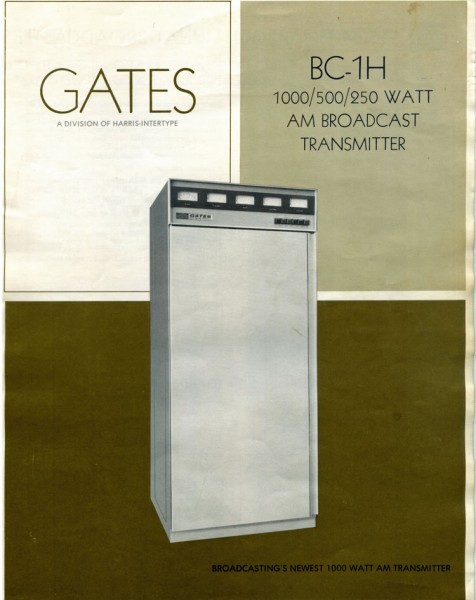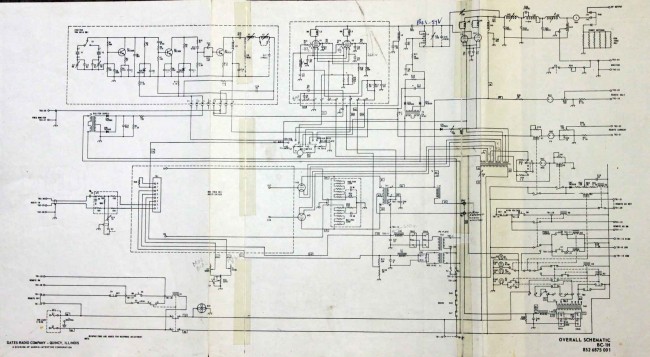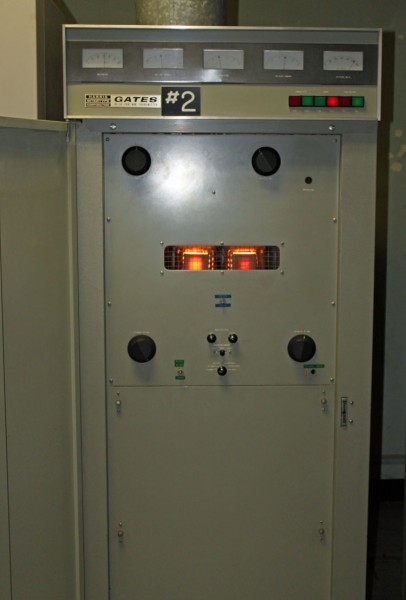I found a 1981 Continental Electronics equipment catalog at an old transmitter site. These finds are great if one is interested in history and looking at the way things used to be done. This particular transmitter is a 2,000 KW (2,000,000 watt) medium wave unit:
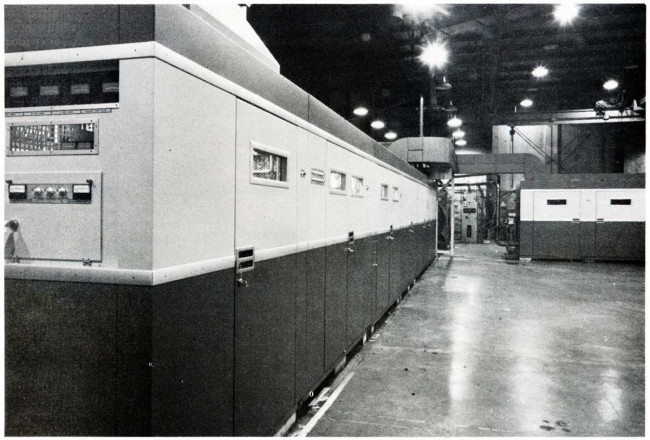
I believe most units like this were destined for use by government broadcasters in either the middle east or Western Europe. I know there were several 1,000 KW medium wave stations in West Germany at one time. The Continental transmitter is basically two 1,000 KW units (323C) combined. They used a modified version of Doherty modulation, that is called “Screen and Impedance,” which accurately describes how it works. More information from the Continental Catalog can be found here: Continental D323C. The tubes (or valves depending on where you are located) used in the D323C were 4CW25000A tetrodes as modulators and IPA the final was a pair of X2159, which is an impressive tube.
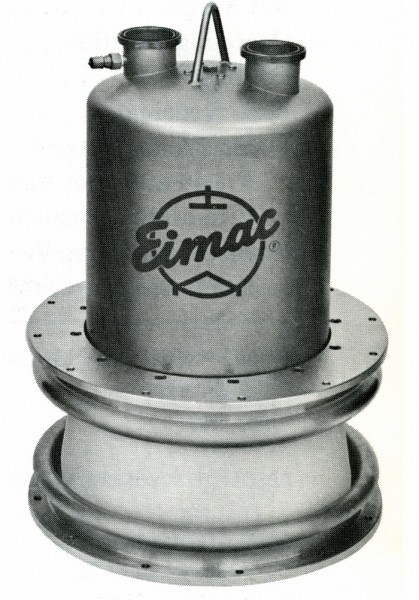
The tube sat anode up. The filament, grid, and screen connections are underneath. Cooling water was pumped through the two connections on the top at about 130 gallons per minute depending on the plate dissipation. With a 30° C rise, that equals about 96,000 BTU per minute. The D323C had a dissipation of 400,000 watts for the carrier tube and 240,000 watts for the peak tube (640 KW total) under 100% modulation. That equals about 2 million BTU per hour. Notice the lifting hook, this tube weight in at 175 pounds. Tube date sheet here.
Continental no longer makes medium wave transmitters, their closest high powered broadcast product now is the 418/419 and 420 HF (shortwave) transmitters. The 420D does a wimpy 500 KW using a solid-state modulator section.
I remember in the early 1990’s when I was at the Harris plant in Quincy, they were working on a 1,000 KW solid state DX series AM transmitter for Saudi Arabia. It had to be liquid cooled, which added another layer of complexity to an already complex system.
I don’t know if there is much call for 2 MW medium wave transmitters anymore as there are more efficient ways to reach remote populations and I can’t even imagine what the electric bill would be like.

